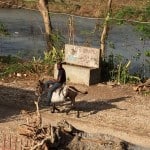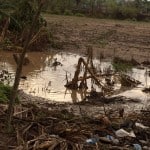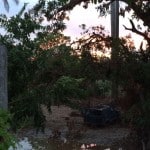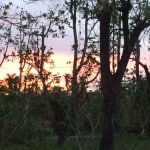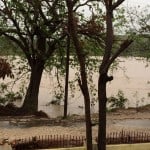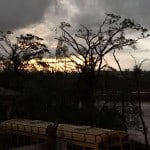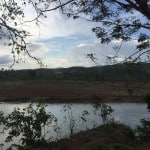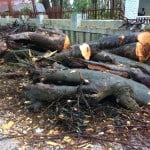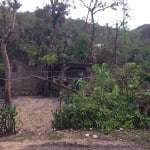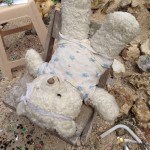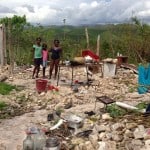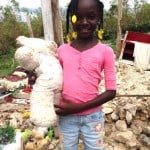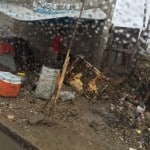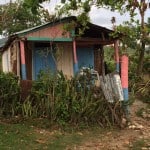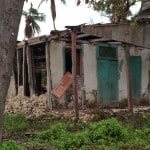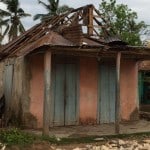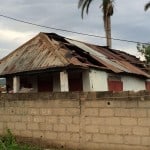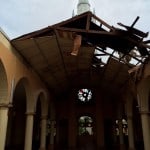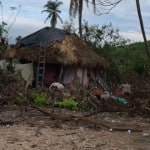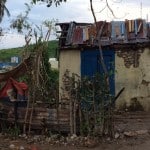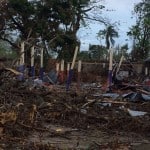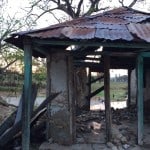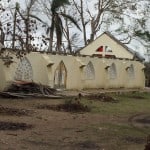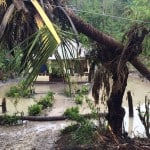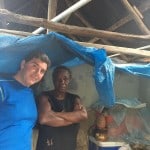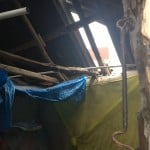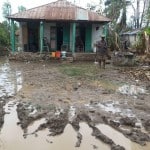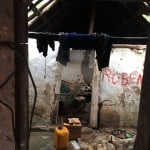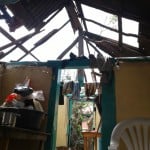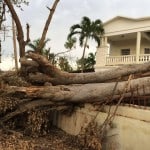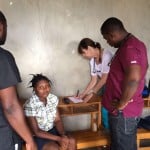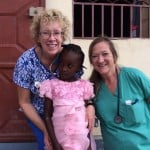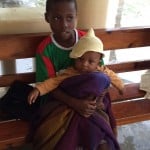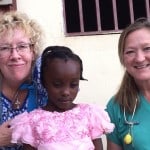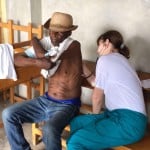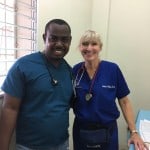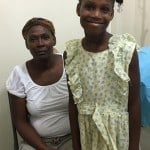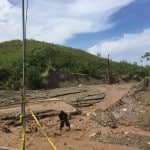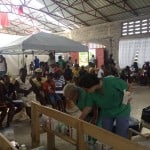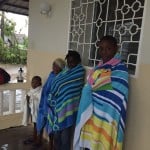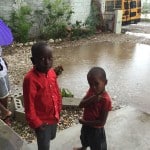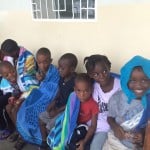Hurricane Matthew: Report from the ground
NOVA Hope for Haiti sent our 21st Medical Mission team to Haiti on Sunday, October 16th.
This was a scheduled medical mission which became even more important because it gave us a chance to have a team on the ground to see firsthand the devastation caused by Hurricane Matthew. It allowed us to help the immediate impact on people’s health and to begin to plan for how NOVA will help the community recover from the storm even beyond the medical care we provide all year.
Our team was joined by Joseph Nuzzi, NOVA’s president. Board members Colette McDermott, Solanges Toussaint, Sarah Wren, and executive committee member Mary Silverberg were already part of the mission team which meant that NOVA had a large presence of our leadership on the ground in Haiti at this critical time.
The hurricane did more damage than anyone on our team could have imagined. The storm caused damage in four different ways all of which have seriously impacted the life and well-being of the people of our community, Cavaillon, and the southern part of Haiti in general.
Loss of Life:
The loss of life is the saddest impact of the storm and it cannot be fixed. Over 20 people died in Cavaillon during the storm when the Cavaillon river burst its banks and flooded the town. The neighborhood of Grand Dieu was hardest hit when the rushing water inundated homes and carried away over 20 people. Our hearts go out to the families and friends who lost loved ones.
Damage to homes and buildings:
The 150 mph+ sustained winds, and the flood damaged many homes and buildings in the community. The winds ripped the tin roofs off of the homes and in some cases blew down the poorest structures. This impacted the poorer homes which have roofs of simple wood beams covered with sheets of tin. Even large buildings like the Catholic church in town had the roof ripped off. The river also overflowed flooding almost every home in the town center and all the homes in Grand Dieu with muddy river water.
This not only left people open to the elements and their few belongings completely flooded, but it has impacted normal life resuming. Many people who were left homeless were given refuge in the Catholic school in town. The school must now find alternate shelter for these people before they can reopen the school for students. So the damage to homes is having a ripple effect in resuming normal life for the children in town.
Damages to farms and livestock:
This is the most critical long term effect of the storm. Cavaillon is a farming community where rice, beans, and fruit trees are typically in an abundance. Usually there is no food insecurity in this area of Haiti. Hurricane Matthew seriously damaged the farms and current rice, corn and bean crops. This resulted in the need for immediate and short-term food relief.
The intense winds destroyed most of the mature, large trees in the area. Mango, avocado, banana and plantain trees were all shattered by the winds. On NOVA’s property alone we lost about 20 full grown Mango trees. Only one remains standing.
The quicker crops of rice, corn, beans and the bananas and plantains which grow relatively quickly must be planted immediately, but the large fruit trees will take years to grow to the point where they will provide the quantities of fruit that they did before the storm.
According the the mayor of Cavaillon, Ernst Ais, who met with members of NOVA’s Board on Tuesday, October 18th, the community also lost around 20% of its livestock.
Threat of waterborne diseases:
Cholera was inadvertently reintroduced to Haiti by UN Soldiers after the 2010 earthquake. Cholera is a deadly, extremely contagious waterborne bacteria. The massive floods all over the south that contaminated water sources the people use for drinking water has raised serious concern that cholera and other waterborne bacteria will spread. NOVA’s medical mission did not see any Cholera in Cavaillon, nor in the two communities where we conducted mobile missions. However, the threat is still present as an outbreak could erupt in the coming weeks. At NOVA we have increased our stock of IV solution, we have plenty of oral re-hydration salts, and we had a meeting with our staff to be better prepared to address any possible outbreak.
NOVA’s response:
NOVA Hope for Haiti is raising funds to assist the community in the wake of the storm beyond the medical care we provide all year. The funds will be used to help rebuild homes, purchase seeds immediately needed to replant crops, and NOVA is committed to replanting as many fruit trees as possible. We are also creating an emergency budget for immediate food relief for the hardest hit families in the community should the need arise in the coming months as the farming sector is rebuild. We will keep everyone posted as to the progress and impact of our recovery projects.
If you would like to help with our efforts in Cavaillon, Haiti, please click HERE.




